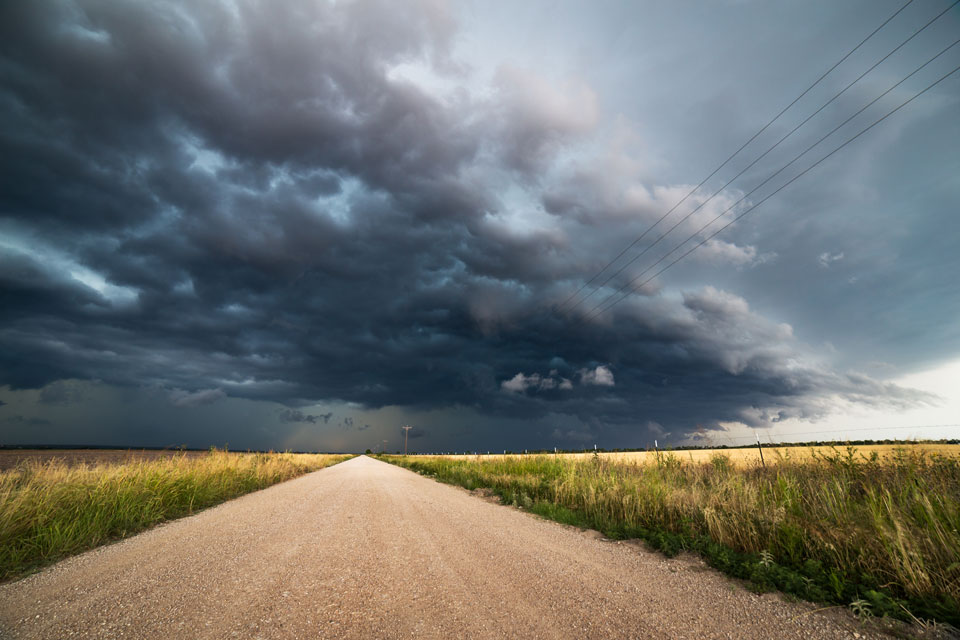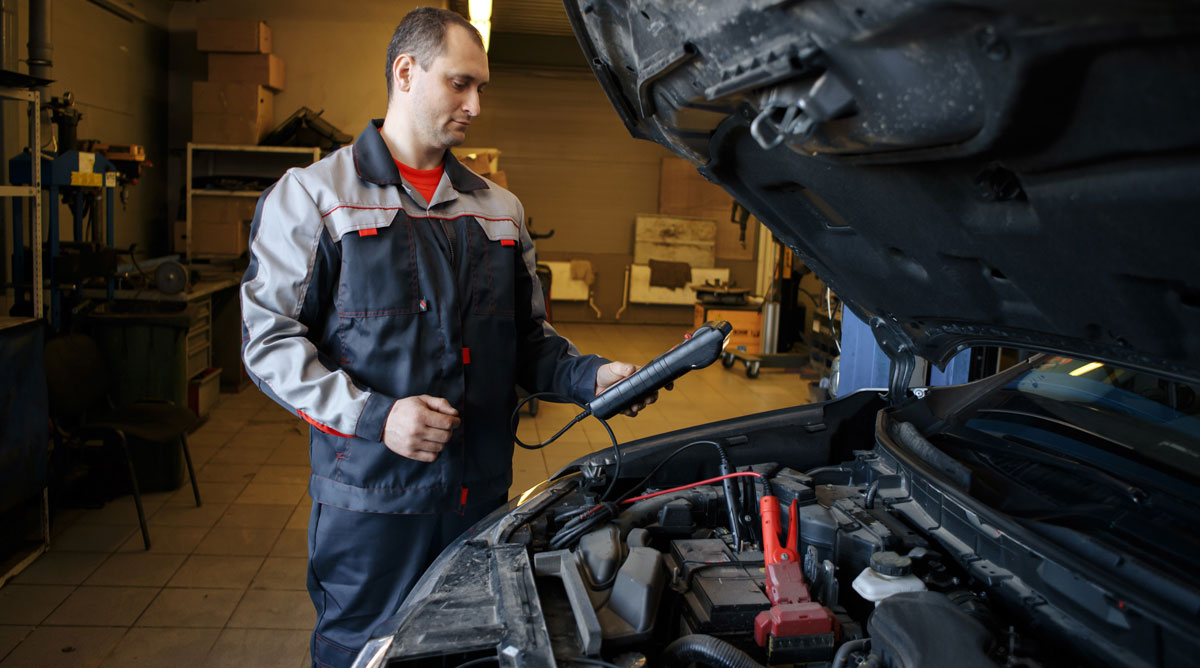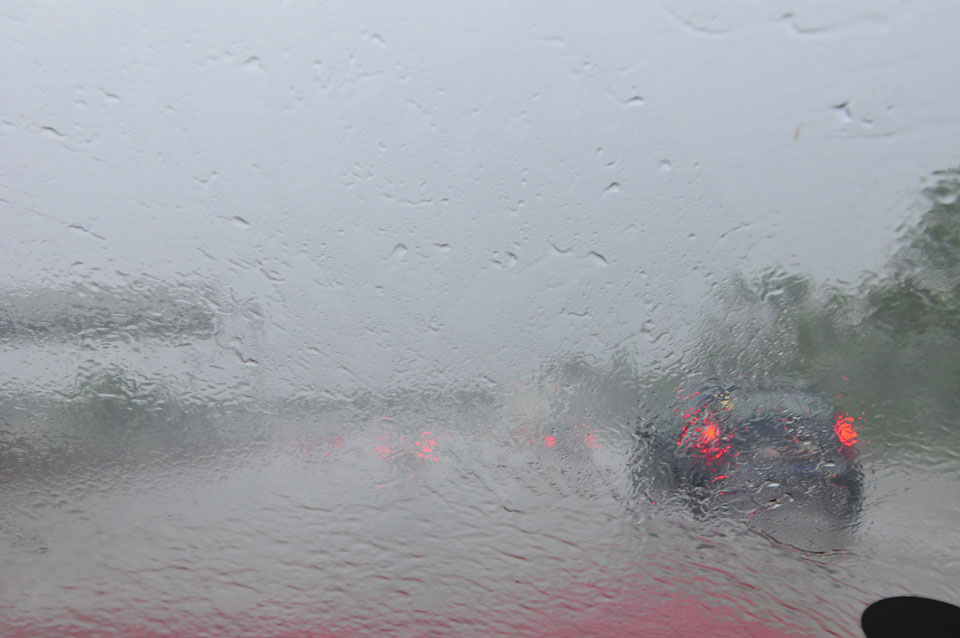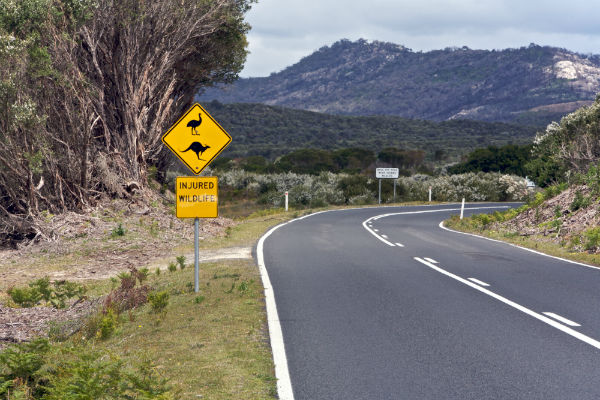
Bad weather is more than heavy rains, snow, sleet, hail, and ice. Bad weather driving conditions also involve your ability to see clearly during fog, mist, winds, dust and sand storms, sunsets, sunrises, and bright sunlight conditions. But, with a few little pro-active tactics, you will know how to safely handle whatever Mother Nature puts in your path.
Bad weather driving hazards tend to fall into two major scenarios: road surface conditions and visibility. And, both of these scenarios often happen at the same time. Here are some of the typical bad weather conditions in and around the Melbourne area that you may encounter, and some tips on how to handle your vehicle during these situations.
For more more on conditions be sure to check out the transport accident commission website.
FOR MORE INFO PLEASE CONTACT US
1. Preparing for bad weather
Unless you are a commercial driver, you rarely do a pre-trip inspection of your vehicle before going on the road. Being a responsible driver, you want to keep your car in good operating condition at all times. A once a week check of your vehicle is a good routine to establish for the safety of your vehicle, yourself, and your passengers. This means:
- Having a good thread on the tires, and inflating the tires to the manufacturers’ recommended weight. Worn and under-inflated tires can slip, slide, and blowout at any time.
- Keeping a spare tire and tools in the trunk for emergencies.
- Checking the wiper blades to see that they are working and that there are no worn blade areas that will not clean rain or debris off the windshield.
- Keeping the all the windows, exterior lights, rear-view mirror, and side mirrors clean for good visibility.
- Checking to ensure that all of the lights and gauges on the console panel are working.
- Keeping the tank full, especially for long road trips. One of the typical road service calls at Fast Melbourne Towing is for empty fuel recovery.
2. Visibility Situations
The technique for safe driving when your visibility is reduced is to slow down and to increase the distance between you and any vehicle ahead of you. When you can’t see the road or other vehicles clearly, there is the danger of running off the road, into another vehicle, or not being able to see traffic signals or signs. These are the situations when your visibility is most reduced:
- Sunlight: Usually people don’t think about the sunlight as being a bad weather condition, but it can be. Very bright sunlight coming through the windshield can harm your eyes and hinder your ability to see an object in front of you, including bends in the road, pedestrians crossing the road, and stop signs. When you are on the road and driving in the direction of a sunrise or sunset, the rising and fading sunlight will impact your ability to see clearly. To reduce your risk of being involved in a sunlight related accident, keep a pair of UV ray reflecting sunglasses in your car, and use them. Fast Melbourne Towing is frequently called out to handle sunlight related collisions.
- Fog, mist, wind, lightning strikes, and dust and sandstorms: Without a doubt, the weather has a way of suddenly changing from clear to stormy without a lot of advance warning. When lightning strikes trees or power poles, the results are fallen or power lines across the roads, or fires that cloud the area with a lot of smoke. The safest way to get through any weather condition that reduces your visibility is to find a safe location to park your vehicle while you wait for the road conditions to improve. Never park next to or under a tree that can fall onto your vehicle. It is better to be late on arrival than to not arrive at all. If you ever find yourself in a situation where your vehicle needs to be towed to safety, Fast Melbourne Towing is only a call away.
- Nighttime: Driving during the night means that you are not able to see a great distance ahead. There is also the risk of a pedestrian dressed in dark clothing trying to cross the road. Reduce your speed to a level that lets you see a large portion of the road and side areas. Having a pair of nighttime glasses in the car will help by brightening up the area and eliminating the glare from the headlights of other vehicles.
3. Road Surface Situations
When bad weather is forecast for the routes you will drive on, and you are not able to stay inside, you’ll need to drive defensively. Regardless of the road conditions, you must drive slower than the posted speed limits, which are intended for ideal driving conditions, and keep your hands on the wheel at all times. If possible, delay your trip until the weather clears or find another route with more favourable weather conditions. Weather-related situations that make road surfaces dangerous are:
- Rain: Heavy rains can flood the roads in just a few minutes and turn dirt roads into mud. All traffic agencies stress the fact that no matter how shallow the water on the road may appear, never, repeat never, attempt to drive through a water covered road. You may think that you have control of your vehicle, but just a few inches of rushing water will take that control away from you and even take your vehicle on an unwanted ride into harm’s way. Pull to the side of the road and wait until the rain stops and the water recedes. If this is not possible, then follow the road administration’s advice: Turn around, don’t drown. Use your GPS to find another route to your destination. If you find yourself stuck in mud, or you have slid off the road, don’t panic. Fast Melbourne Towing has the equipment and the skilled drivers to move your vehicle to safety.
- Sleet, ice, and snow: By far, few bad weather conditions pose more dangers than cold and freezing temperatures. Not only are the vehicles harder to control on cold, slippery roads, there is the risk that your vehicle will slide into another vehicle or off the road when you try to stop. Increase your distance from the vehicle in front of you and never brake suddenly on a cold road. Always apply gentle pressure on the brakes when stopping on a cold road. Try to find an alternate route to your destination, and even if you have 4 wheel drive, try not to drive on roads that are covered in snow, sleet, or ice. If you find yourself stuck in bad weather, trying to pull your vehicle out of a ditch can cause more damage than has already happened. If you can safely remain in your vehicle with the heater on, do so. If you can’t, try to find shelter where you can stay warm and dry, and call Fast Melbourne Towing to safely get your vehicle back onto the road.
- Nighttime: Driving during the night means that you are not able to see a great distance ahead. There is also the risk of a pedestrian dressed in dark clothing trying to cross the road. Reduce your speed to a level that lets you see a large portion of the road and side areas. Having a pair of nighttime glasses in the car will help by brightening up the area and eliminating the glare from the headlights of other vehicles.
4. Additional Driving Tips:
While personal habits are not bad weather related, it is important to mention that a lot of road-related incidents happen because people continue to use their cell phones while driving, which takes their eyes and concentration off of the road. The only time to use a cell phone when you are behind the wheel is in an emergency, and only when you are able to stop or pull off the road safely. Another road hazard is driving when you are tired. Way too often the last thing someone does is to fall asleep while driving. If you are tired, stop at a road rest area or other area and take a short nap before continuing to drive. Another way to wake up your senses is to stop for a cup of coffee, get out of the vehicle and walk around for a few minutes, and even keep the windows open slightly for fresh air to circulate around the inside of the vehicle.
If you find yourself in need of road assistance, regardless of the situation, know that help is only a phone call away. Keep your cell phone fully charged and keep the Fast Melbourne Towing number, (03) 9021 3793 in your contacts list. We are here for you, 24/7.




